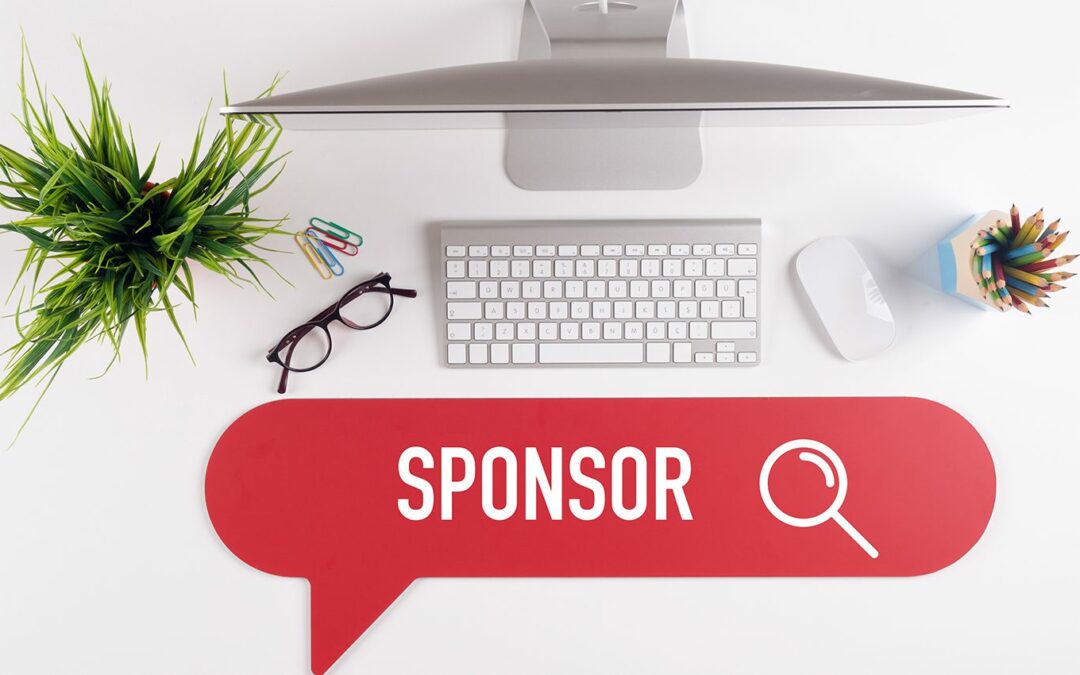By Jake Naylor — Consultant
The scene is as old as time: after a long courtship, two people find themselves in a life-changing moment. One gets down on bended knee, looks up into the other’s eyes, and asks the question they’ve both been waiting for: “Will you do me the honor of being the executive sponsor of our company’s records inventory and retention schedule revision?” Doves are released, music fills the air, and the two ride off into the sunset after a breathless, “YES!”
When building an IG project, it might seem easier to get married than find an executive sponsor. And like a successful marriage, it takes time and work to develop a sponsor relationship that will support a strong, long-term IG program. Preparation, consistency, and clarity, though, will help engage your sponsor to make your IG project a success.
Who can be an IG Program Sponsor?
An executive sponsor is any executive or manager who has decision-making authority and can allocate project resources. As emphasized in the IG Body of Knowledge, “The importance of establishing executive sponsorship for the IG program cannot be overstated.” (IGBoK, 5.2.2) This is because IG projects are long-term endeavors and require financial and stakeholder support. Executive sponsors connect RIM professionals with other executives and departments to provide that support. An enthusiastic sponsor can be the key to enterprise-wide acceptance of your IG project.
IG Wasn’t Built in a Day: Plan for the Future
Developing a significant executive sponsor is a marathon, not a sprint. And preparation is vital to running a marathon. Preparation instills confidence, and a potential sponsor must be convinced you have enough confidence in your project to see it through. Your IG project needs both a clear objective and a plan for execution. You should know your project plan well enough to meet your potential sponsors at their level of interest. This could vary from a simple elevator pitch to an estimate of the five-year impact on the organization.
For your proposal, you do not need to spend months forming every facet of the project; your goal is to demonstrate competence without overwhelming your potential sponsor. As Daniel Pink said in To Sell is Human, “The purpose of a pitch isn’t necessarily to move the other person immediately to adopt your idea. The purpose is to offer something so compelling that it begins a conversation, brings the other person in as a participant, and eventually arrives at an outcome that appeals to both of you.” Let your sponsor decide how much information they want, but be ready to discuss issues like general timelines and the project’s return on investment if they want to delve into details.
Your IG Project Plan Has to Start with Awareness
While you may daydream about a fully functioning records retention schedule and uniform disposition procedure, the first phase of any IG project is often simply building awareness. This involves defining objectives and phases to match your organization’s needs and the sponsor’s enthusiasm. Your sponsor may want to start with a small project to test whether you can deliver. An introductory phase can build a foundation for later, more ambitious elements. Also, meeting early expectations provides a nice confidence buffer when problems inevitably arise. The better your plan, the more your sponsor will want to invest long-term in you and your project.
Finding the One: Choosing a Sponsor that Aligns with Your Project
When choosing a sponsor, it helps to identify a few potentials. Identifying 2 to 3 provides options if your first choice doesn’t work out. This requires deliberate research. To truly obtain the buy-in necessary for success, you must understand each potential’s motives and priorities. Your potentials need to believe that your relationship—and your IG project—will help them achieve their own professional goals.
Appealing to Your Sponsor
Also, pay attention to your organization’s concerns and how each potential is involved with these. Do you notice your general counsel forwarding newsletters regarding the cost of eDiscovery? If so, your plan can highlight the decreased legal costs of an effective disposition process. Is your CFO expressing anxiety about having all necessary documents gathered for an upcoming audit? You can focus on the seamless capture and retention of electronic documents from a new technology package. Using what you learn, you can tailor your IG project to areas that will make everyone’s lives easier.
Start Thinking About Budget
Lastly, ensuring budget and timing your program with your organization’s financial cycle are helpful ways to find where support lies. It’s often useful to look for potential sponsors with an available budget to spare. While you don’t need to ensure funding for your entire project at this stage, demonstrating a positive ROI at an initial phase builds sponsor confidence and may help subsequent phases get line-item attention in future budgets.
Moving Forward with an Executive Sponsor
With a clear plan and sponsors in mind, your next challenge is keeping sponsorship involved through project completion. In Part 2, we’ll discuss how your preparation can get your IG project to its happily ever after.
Disclaimer: The purpose of this post is to provide general education on Information Governance topics. The statements are informational only and do not constitute legal advice. If you have specific questions regarding the application of the law to your business activities, you should seek the advice of your legal counsel.

